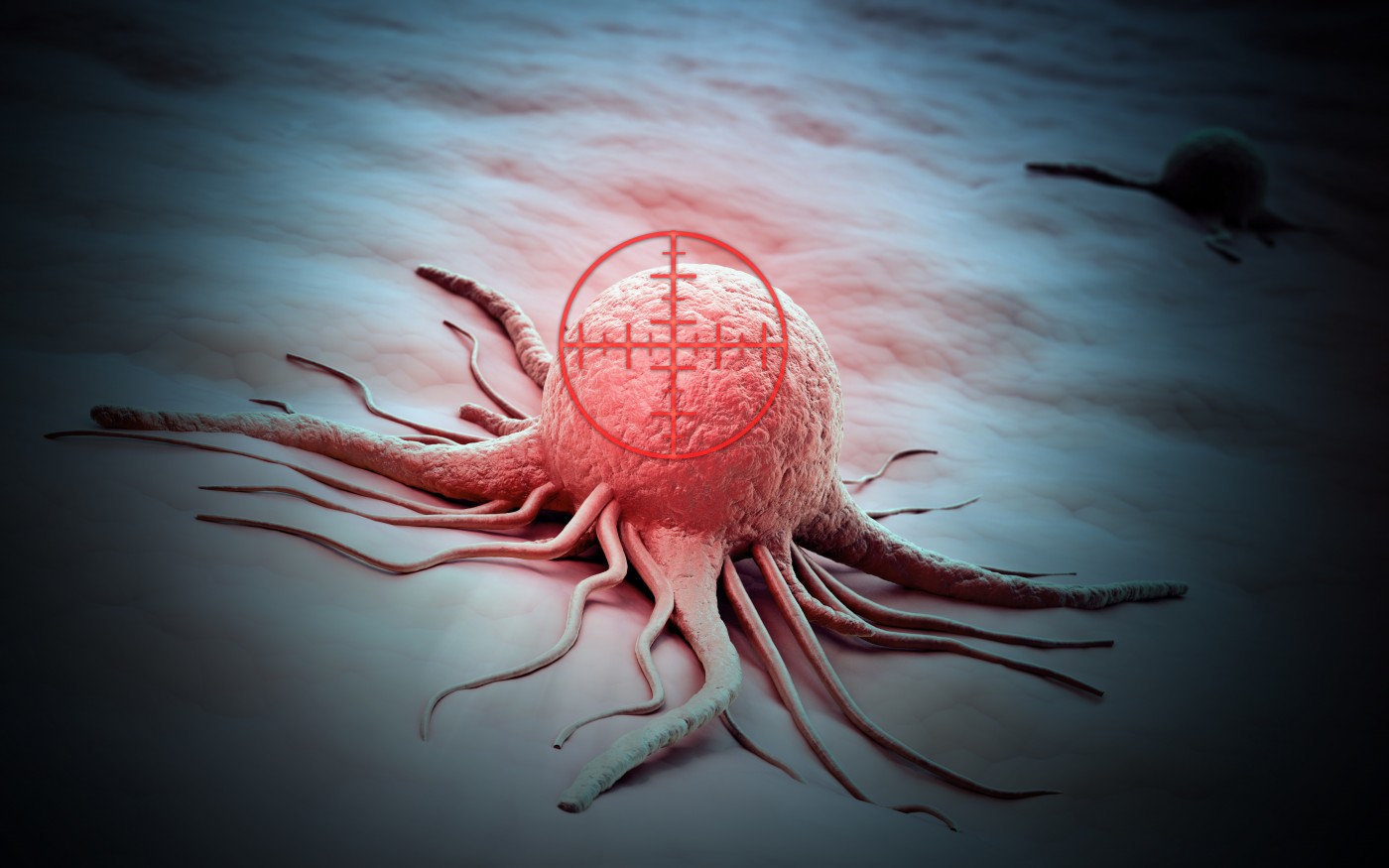 A team led by researchers at the University of California, San Francisco recently published in the journal Cell Reports the mechanism underlying drug resistance in patients with lung cancer and the development of a strategy to overcome this resistance in mice. The study is entitled “NF-κB-Activating Complex Engaged in Response to EGFR Oncogene Inhibition Drives Tumor Cell Survival and Residual Disease in Lung Cancer.”
A team led by researchers at the University of California, San Francisco recently published in the journal Cell Reports the mechanism underlying drug resistance in patients with lung cancer and the development of a strategy to overcome this resistance in mice. The study is entitled “NF-κB-Activating Complex Engaged in Response to EGFR Oncogene Inhibition Drives Tumor Cell Survival and Residual Disease in Lung Cancer.”
Oncogenes are genes with the potential to cause cancer. Oncogene-targeted therapy often results in positive anti-tumor immune responses in cancer patients, however, these responses are often incomplete and cancer cells survive the therapy and eventually acquire resistance. The mechanisms behind cancer cell adaptation and survival during this period of initial therapy are poorly understood at this point.
EGFR (epidermal growth factor receptor) is an oncogene that, once activated, sends signals to induce cell division and proliferation. Mutations in EGFR are known to be present in approximately 10 to 35% of the patients with non-small cell lung cancer (NSCLC), leading to a constant stimulus for cell proliferation. EGFR inhibitors like erlotinib (trade name Tarceva) have been approved for advanced-stage EFGR-mutant NSCLC treatment; however, 20 to 30% of the patients develop resistance against the drug and fail to respond to treatment, while 98% of the patients that do respond to treatment have an incomplete response that results in residual disease and potential emergence of acquired resistance. The molecular basis underlying this incomplete response and residual disease are unknown.
“Even in cancers that are responding to targeted therapy by conventional criteria, resistance is already developing,” said the study’s senior author Dr. Trever Bivona in a news release. “In this work we have begun to crack open the question of why residual disease persists after targeted therapy.”
Researchers were able to obtain access to a surgically resected tumor from an EGFR-mutant lung cancer patient who had experienced a substantial, but incomplete, response to the drug erlotinib. The team analyzed cells from the tumor with the goal of understanding cancer adaptation mechanisms for the development of drug resistance and survival during treatment.
Researchers found that the cancer cells still carried the EGFR mutation targeted by erlotinib, without having acquired any other mutations that could confer drug resistance. Cancer cells were therefore still susceptible to erlotinib, but had developed a strategy to survive the treatment. When these cancer cells were implanted in mice and treated with erlotinib, researchers found that the drug effectively inhibited EGFR activity, but that the activity of a pro-inflammatory signaling pathway called NF-kappa-B had a 10-fold increase. This activation of NF-kappa-B signaling is mediated by a previously unknown biochemical complex within cancer cells and results in resistance to EGFR inhibitors, promoting NSCLC cell survival and residual disease.
Interestingly, by combining erlotinib therapy with an experimental drug (PBS-1086) that directly targets the NF-kappa-B pathway, researchers were able to significantly eliminate the implanted drug-resistant tumor cells in mice, increasing the magnitude and duration of initial EGFR inhibitor response.
The research team concluded that NF-kappa-B activation is an essential adaptive survival mechanism by cancer cells triggered by EGFR oncogene inhibition. A combined therapy of EGFR and NF-kappa-B inhibitors can potentially prevent acquired drug resistance, eliminate residual disease and enhance the response in NSCLC patients.
“The NF-kappa-B pathway is engaged by cells in response to EGFR inhibitors as a way to survive treatment,” concluded Dr. Bivona. “Excitingly, if we block that pathway with a novel drug while simultaneously administering the EGFR inhibitor, we see tumors shrink. In lung cancer patients treated with these drugs, and that’s a substantial number of patients, this could be a very powerful companion therapy to minimize or eliminate residual disease.”


